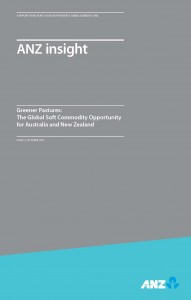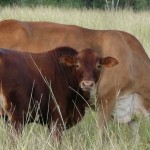The New Zealand meat industry isn’t the only one suffering around the globe as news reports this week are showing signs of hurting businesses and a changing global scene.
In addition to Vion pulling out of the UK – a reflection of the tough trading conditions, says an item in meatinfo.co.uk – the Canadian pork industry has been warning of massive losses, according to an item in Globalmeatnews.com.
In the US, concern was also noted in a recent Wall Street Journal article “Meat firms face hit to plump profits’ as massive global meat processor Tyson Foods prepared to report its quarterly figures. However, Tyson’s results came out on Monday carrying an optimistic note for the next three years and shares rallied by nearly 10%. The company says it will focus on prepared foods and value-added poultry to “weather the anticipated increase in feed costs during the coming year” (meatandpoultry.com).
In the UK, a management buy-in from previous owner ANM has saved struggling meat processor Yorkshire Premier Meats, says foodmanufacture.co.uk, while another ANM-owned company, Scotch Premier Meats, cut 30 jobs in May.
Meanwhile, JBS SA is planning to build six more plants in Brazil on the basis of growing global demand, with a focus on grass-fed beef, reports MENAFN.com. However, foot and mouth disease continues to hold Brazilian beef exports back from Asian markets.
India was forecast by Rabobank’s global arm last week to become the world’s biggest beef exporter next year. Basing its claim on United States Department of Agriculture (USDA) figures, exports of buffalo meat from India are expected to rise to two million tonnes as Indian dairy farmers slaughter unproductive animals from their large and expanding dairy herd in response to high prices for meat.



